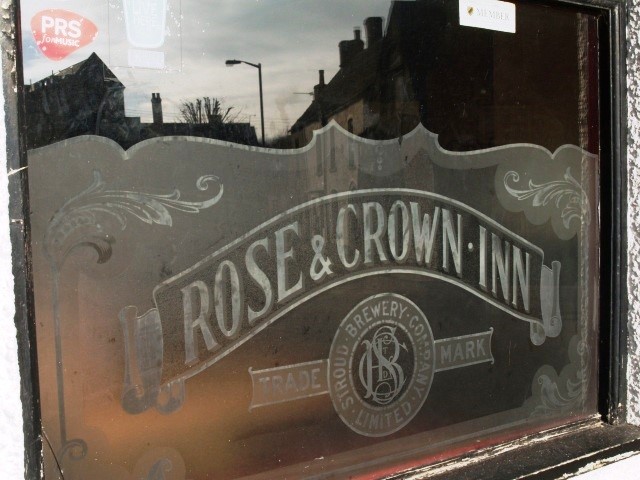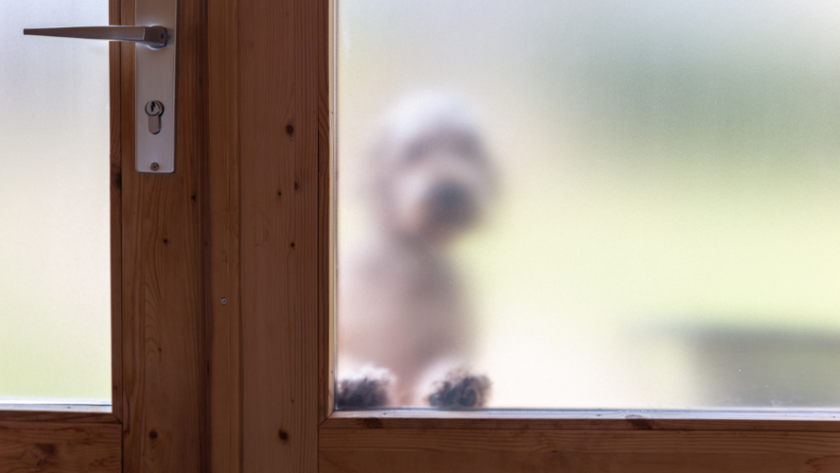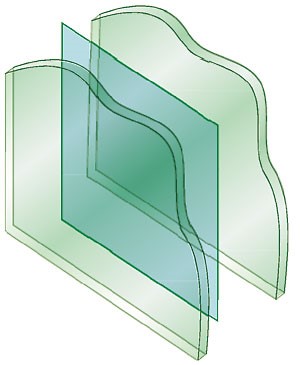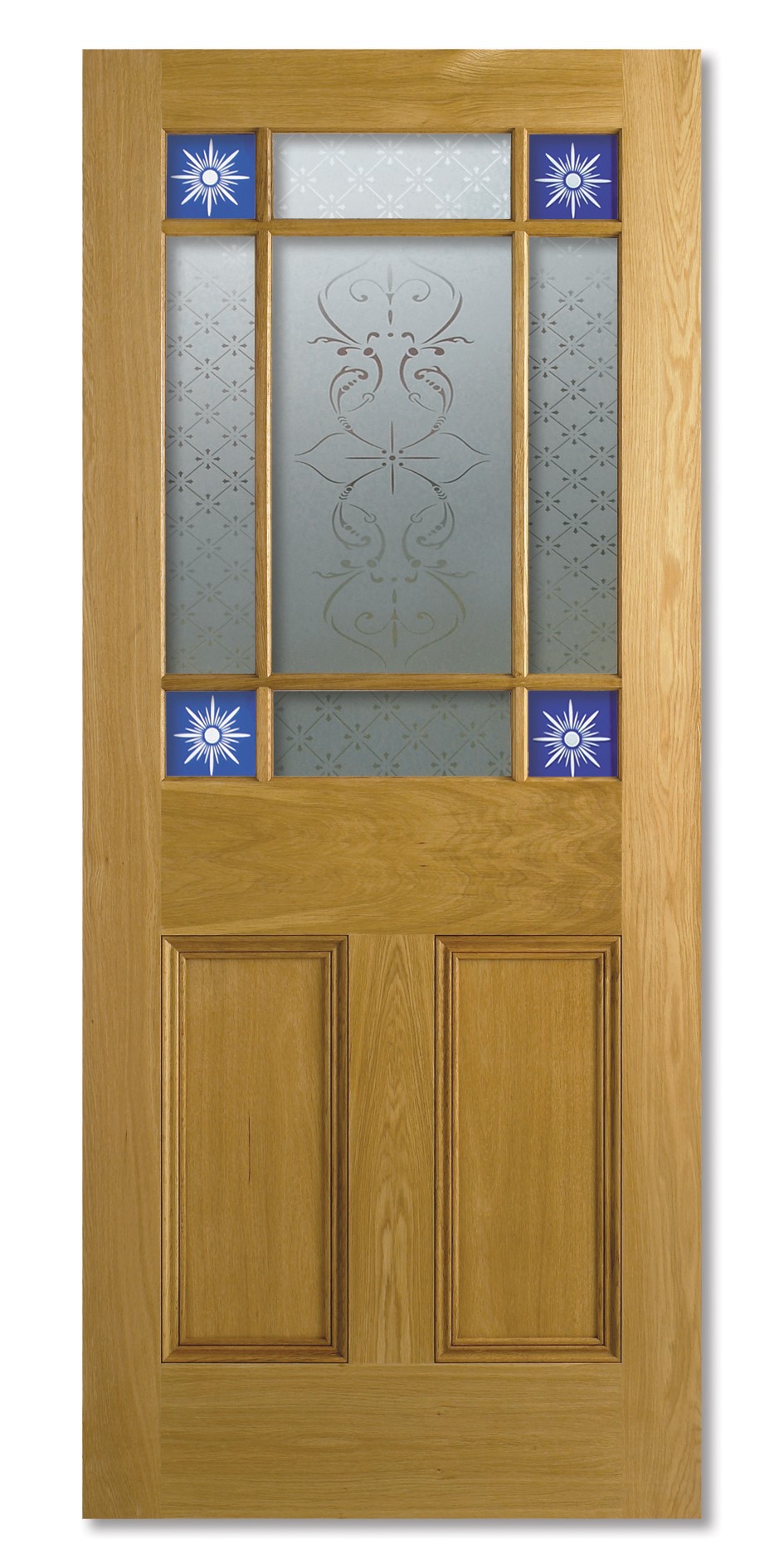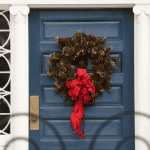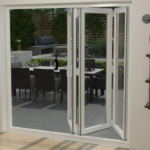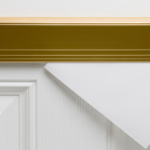Have you ever thought about what type of glass is used in doors? There are various different types of glass that are used in doors because they are strong and sturdy. Here are the main types of glass used in doors along with the benefits of using these types of glass.
Toughened Glass
It is a legal requirement that all replacement doors must have toughened safety glass. This is laid down in the building regulations for England & Wales.
Toughened glass is physically and thermally stronger than regular glass and when broken will shatter into small cubes rather than large shards.
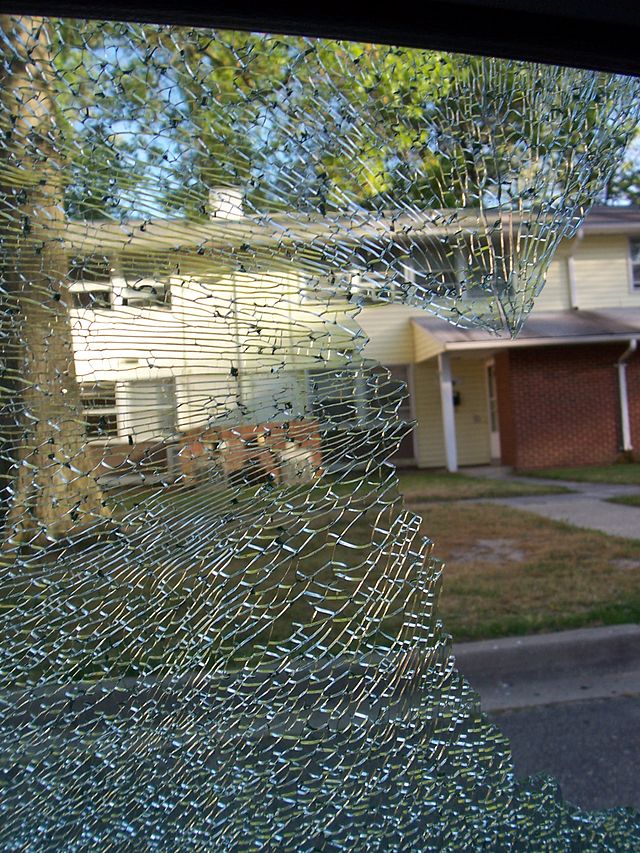
A vehicle side window showing how toughened glass reacts to breakage.
As well as doors, toughened glass can most commonly be found in the side and rear windows of all vehicles, structurally loaded applications and any other application that could become dangerous in the event of human impact.
Typical examples where toughened glass would be found.
Laminated Glass
Laminated glass although also classed as safety glass reacts very differently to toughened glass.
Laminated glass consists of two pieces of glass with a layer of poly vinyl in-between.
A build up diagram of laminated glass showing the polyvinyl interlayer between two panes of glass.
The interlayer keeps the layers of glass bonded together even when broken and produces a characteristic spider web effect when the impact is not enough to completely pierce the glass.
Laminated glass is normally used when there is the possibility of human impact or if shattered glass could fall such as car windscreens or skylights.
Frosted Glass
Although all glass will be safety glass the other options available are clear or frosted.
The vivid doors frosted glass option is acid etched which historically has been achieved by using corrosive hydrofluoric acid. This results in the removal of some silica from the glass surface leaving a roughened, frosted appearance. The reaction is not an overly rapid one so it can easily be used to create artistic results. Acid etching can be used to create artwork on glass such as that seen on the Downham Oak internal door.
Acid etching also known as ‘French Embossing’ is a process that was invented in the Victorian era. It gives a frosted etched finish in soft tones of white and is capable of producing very intricate patterns. The process was originally used by the Victorians for decorating the windows and doors of public houses and bars where it gave an expensive to seating areas.
